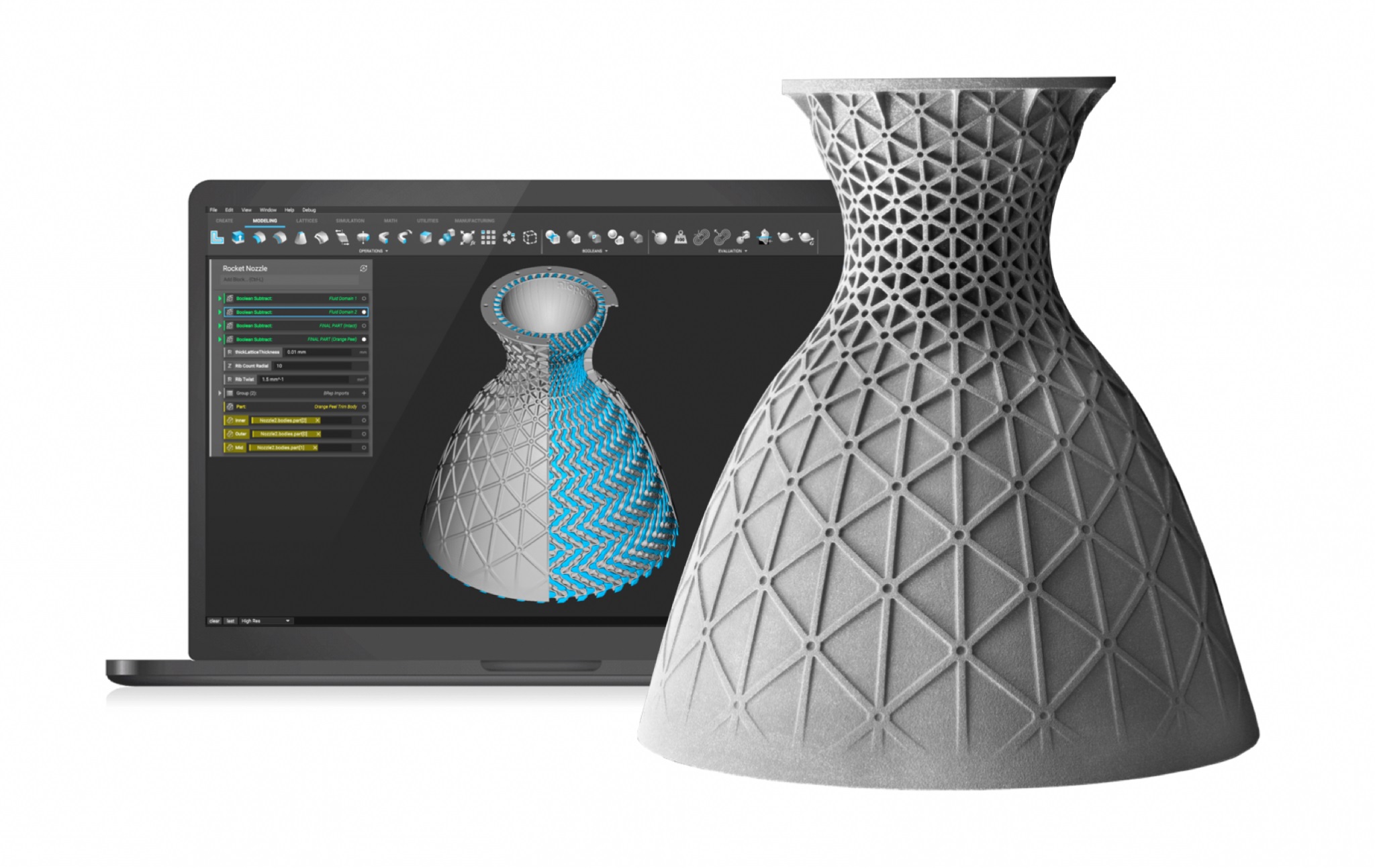Generative design has truly revolutionised the field of architecture. Discover the most capable tools that will let you leverage the cutting edge design practice.
It’s an understatement to say that architecture has changed in recent years as a result of emerging technologies. And progressive architects are now leveraging these innovative solutions to achieve a range of goals.
Generative design is one such solution. It takes advantage of AI and other high-end technologies to take architecture to a whole new level – from a more streamlined process to shorter time to market, and more.
In essence, generative design explores a wide range of outcomes based on predefined parameters. It offers up a set of design solutions properly optimised for materials, costs, and other relevant factors. Instead of getting a single output, you get many different permutations – many of which may appear humanly impossible.
Furthermore, it integrates with other design solutions to streamline development projects.
Of course, not all generative design tools are the same. And finding the right one is essential to a project’s success. So, how do you know which solution will suit your needs?
To start with, check out the top four generative design tools to consider:
1. Fusion 360
Fusion 360 is Autodesk’s take on generative design and among the most popular out there. It’s a 3D CAE, CAD, and CAM platform that encompasses the whole design process in a cloud-based environment.
Even though Fusion 360 was initially aimed at manufacturing, more and more architects are using it. And there are many good reasons for this.
First, it features comprehensive collaboration tools. Team members have access to the same data and designs, which makes the entire process more transparent. If the need for any change arises, you can make them quickly and still keep the project on track.
In addition, Fusion 360 features integrated simulations. You can test your designs and present a realistic overview to the client. Instead of receiving a static drawing, the client can see what the design will look like in the real world. Naturally, this makes it easier to meet, or even exceed, the client’s expectations.
2. NodeBox
NodeBox is a platform built for simplicity, ease of use, and efficiency. As such, it has many intuitive features that make generative design more streamlined.
Thanks to the node-based interface, you can explore and create high-quality designs even without any advanced programming knowledge. You can also customise nodes and their functionality to meet your specific design needs.
NodeBox is also fantastic for rapid data visualisation. You can import data from many formats, like Excel spreadsheets. You can also use NodeBox to write new data importers and exporters.
And finally, NodeBox allows you to animate every parameter you enter. You can then export those animations as either image sequences or one of the common movie formats.
3. Octopus
Octopus was initially used as a Multi-Objective Evolutionary Optimisation tool. As time goes by, however, many architects adopted it as an essential platform for their project.
Octopus lets you input many goals at the same time and create a range of optimised solutions within the extremes of your goals. It works similarly to Galapagos, another popular generative design tool. The main difference is that Octopus uses the Pareto Principle for the spectrum of goals set.
Simply put, the platform will find the best trade-offs between your goals. This makes the decision-making process simpler, as Octopus does a lot of the hard work for you. You can then further improve the design outputs by similarity-goals.
Also, you can select your preferred designs for each goal. If your goals change during the search, you can alter the corresponding objectives along the way. In addition, Octopus will show the 3D model of a proposed design so you can get visual feedback in objective space.
4. Archistar
Archistar is a comprehensive property development platform that simplifies many aspects of development projects. And generative design is one of its main focal points.
It provides you with a wide range of unique designs based on your experimental values or local planning documents. You can have stunning 3D designs in real-time with just a few clicks.
Currently, Archistar can help you generate designs for the following:
- Apartments
- Townhouses
- Terrace Houses
- Manor Houses
- Duplexes
- Subdivisions
- Commercial buildings
- Hotels
- Mixed-use property
Plus, Archistar’s analytics engine can assess mid- and late-stage factors, like building separation, sunlight, and cross-ventilation. You can then present these analyses to your clients at the very start of the venture.
Moreover, you can extract your designs to any preferred CAD programs. You can then proceed to refine them until they conform to your standards.
These are only some of the many features that Archistar can offer architects. Others include auto feasibility, branded reports, contextual design, and more. Such a broad spectrum of features makes Archistar the preferred platform of many architects.
Create Next-Gen Designs
Generative design is rapidly becoming the new norm. Successful developers, architects, and other professionals use it to reach their goals quicker and easier.
As mentioned, a growing number of them are adopting Archistar as a superior solution. Its many features automate the mundane tasks and leave you with more time and energy to express your creativity.
Archistar’s design features can shave hours off your workload, especially in preliminary concepts and research. Skip right through the tedious and focus your attention on the tasks that matter.
Of course, the best way to experience these benefits is to see Archistar in action. Get started for free: [https://www.archistar.ai/]

